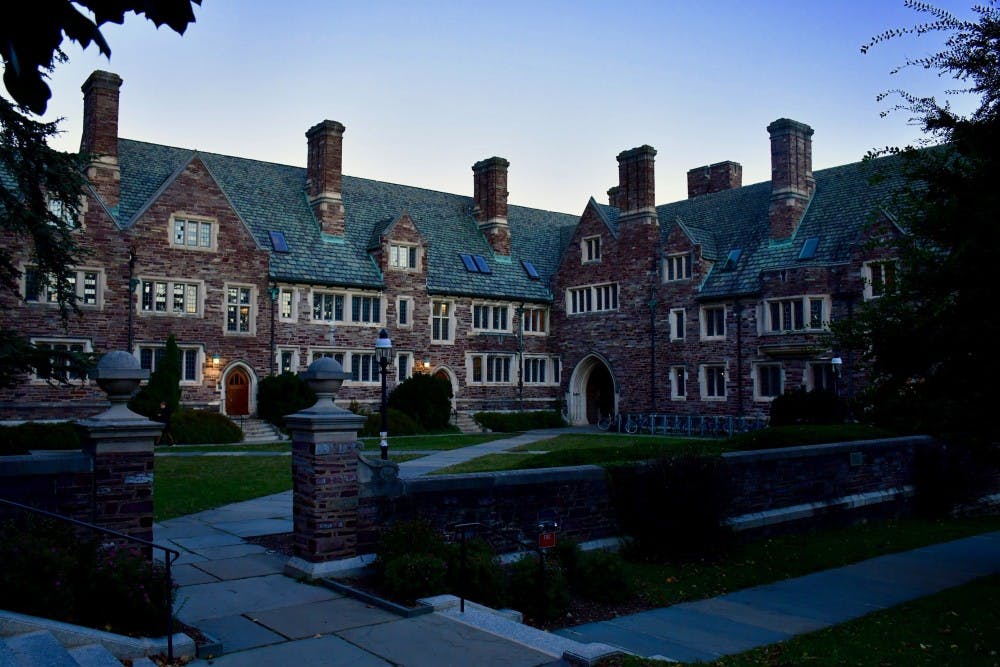In the spring of 2019, randomization errors in the University room draw process sparked outrage across campus. A few students conducted ad hoc data analysis, revealing the scale of the flaw. Eventually, the University awarded 220 seniors $1,000 in compensation.
Now, the University has promised it won’t happen again.
According to Deputy University Spokesperson Michael Hotchkiss, a new system, to be put in place for 2020, will ensure proper randomization of draw times. This new system will ensure that larger groups have no advantage over smaller groups, and also eliminate similarities in draw times between 2018 and 2019, which were documented by Adam Chang ’20 and Yang Song ‘20 last year.
“The code that will be used to randomly assign draw times has been extensively tested within Housing and its efficacy has been confirmed by campus information technology partners,” Hotchkiss wrote in an email statement to The Daily Princetonian.
In April 2019, the University acknowledged that there were unintentional “similarities between the selection orders of the 2018 and 2019 upperclass draws,” meaning that many seniors who drew in the same group both years received draw times in the same order as they did in 2018. As a result, approximately 220 were awarded $1,000 deductions to their housing bills.
However, many students expressed other concerns about the draw.
Chang and Song performed statistical analysis of the room draw times, and found that, in addition to the draw-time sequence concern, draw-group size also correlated with draw time. Larger groups, on average, received earlier draw times than smaller ones. This finding held true across all residential college draws, as well as the upperclass and independent draws.
“We had a hunch that individual students were being drawn,” Chang and Song wrote, in regards to their observation of a near-linear relationship between group size and draw time.

In both 2018 and 2019, room draw time randomization was conducted by CBORD, a New York-based software company. This year, according to Hotchkiss, the assignment of draw times will be performed by “an external group random value generator outside of the CBORD system,” which will be imported into CBORD.
“We are confident that the implementation of the external group random value generator will address the random time assignment issues that were experienced during last year’s Room Draw,” Hotchkiss wrote to the ‘Prince.’
“Additionally, CBORD has committed resources to the University for this year’s Room Draw to provide a fast, coordinated response for any issues that may arise,” he added.
The University did not indicate whether money will be awarded to students in the event of another similar error.

Despite these assurances, some students are not entirely confident that this year’s draw will be free of controversy.
“I don’t think it’s enough to blame CBORD and use an ‘external group random value generator,’” Chang said. “You learn in COS126 how to randomly generate numbers, so I doubt CBORD screwed that up. It’s more likely that HRES [Housing and Real Estate] doesn’t know what to do with random numbers. If they get perfectly random numbers but use those numbers to randomly choose students (instead of groups), we’ll again see large groups drawn before small groups. Or if they use the same random number for each student in different draws, we'll again see similar draw orders in different draws.”
“That’s not on CBORD, that’s because HRES doesn’t understand probability,” he added.
Reilly Bova ’20, who contacted Housing in 2019 with concerns about the randomization process, has a more optimistic view.
“I think characterizing these as changes would be incorrect,” Bova wrote in a statement to the ‘Prince.’ “It was always the policy that draw group size does not affect draw time, and that a particular draw for a particular year has its own random order. The issue was that the room draw software was not properly tested to ensure it was developed to specification.”
“It is my hope that the University has learned from the room draw debacle,” Bova noted, “and will take precautions to audit and test administrative software before rolling it out into production.”








